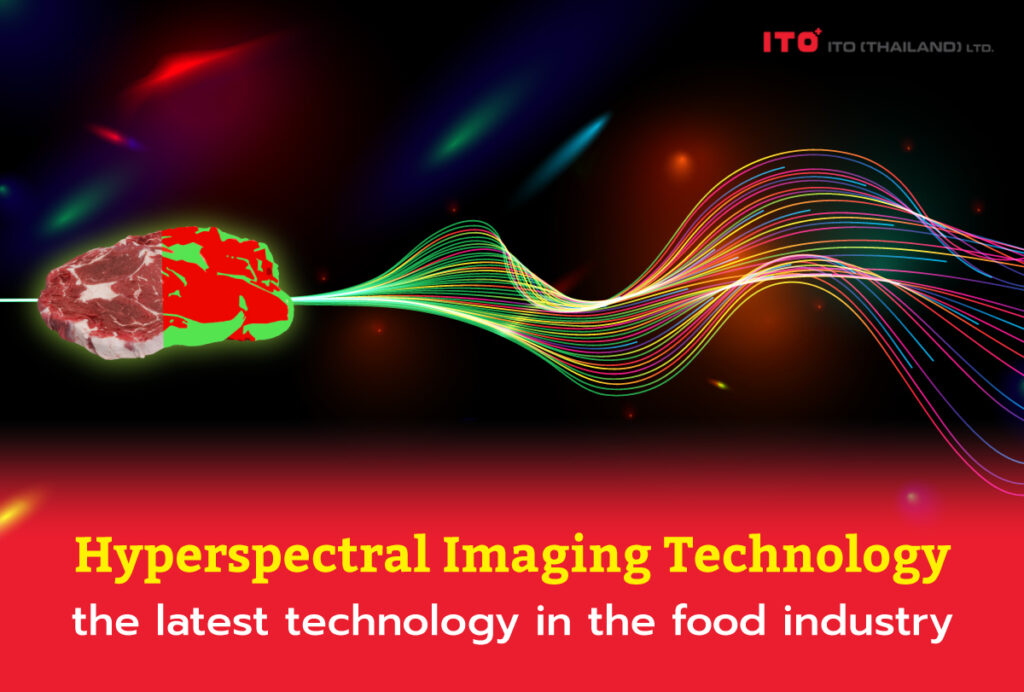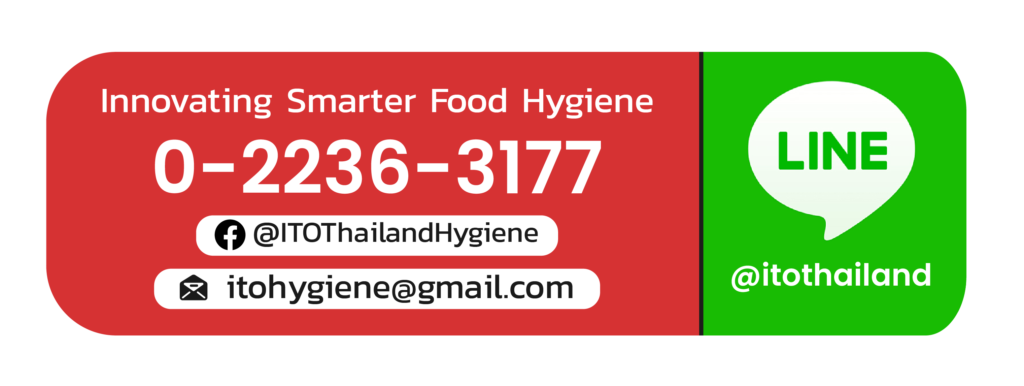ITO Thailand Hygiene Blog
Hyperspectral imaging technology
Nowadays, tenderness is divided into different levels to be used as an index of the value of meat in the market to divide the levels for consumption to meet the needs as well as providing advice to consumers, for example:
1.S. Department of Agriculture; USDA has divided the tenderness of the meat into 3 levels: USDA Prime, USDA Choice, USDA Select, in order of tenderness from highest to lowest. (1)
2.Japanese Beef Marbling Score; BMS has set a meat level from 1, meaning no fat inside meat and least tender, to level 12, meaning the meat with the most marbling and tenderness. And level 8-12 will be classified as A5, for example. (2)
3.Meat Standard Australia; MSA has set a rating from 100, meaning no fat, to 1190, meaning high fat. The level of meat is also determined using other qualities in addition to tenderness, including color, depth of fat layer, carcass weight, completeness and so on. (2)
However, the traditional method of measuring the meat tenderness was based on the maximum shear strength from the meat cutting test using a blade probe. (3) It is not convenient because it takes a long time to analyze including the need to prepare samples and have to lose those samples as well. Therefore, the development of techniques, Hyperspectral imaging, has been invented to predict and analyze meat tenderness. Today we are going to find the answers: What is this method? How accurately can it be used to analyze meat tenderness? How much faster is the analysis time? And can it be applied to the meat industry as a substitute for the current method?
Hyperspectral imaging is the analysis of structural features in which the texture of the skin is obtained as a 2D image, and the biochemical characteristics of which are obtained in a 3D image. Analyze in parallel with the video image. Thus, it is possible to determine the distribution location of the path components that need to be studied in the meat samples to obtain 3D image data known as hyperspectral cube or hypercube and use it to create a model, select the right wavelength (4) , and use the data to analyze the chemical composition.
And because tenderness is a feature of the muscles (fat has no tenderness value), the effect of fat content in meat on the accuracy of this method (3) was studied by fat removal experiment at 75%, 50%, 25%, 0% to compare the accuracy of the technique hyperspectral imaging. It was found that the fat had no effect on the accuracy of the meat tenderness prediction. Therefore, it can be concluded that this method is very efficient and highly accurate. It can also measure the tenderness of the meat in a matter of seconds.
Of course, every method has both advantages and disadvantages. The disadvantages of hyperspectral imaging are that it is a high-cost system, and the principles are complicated. Therefore, it is necessary to train the knowledge and understanding of the workers in the production line. However, this technique is considered a new technology for the food industry, which can be developed and further enhanced. And currently, the device tends to be cheaper. This is an opportunity for small-medium companies to have access to efficient technology that can help produce food that meets safety standards like big companies.
Examples of applications in food factories are:
1.Checking foreign matter in the production line such as raw materials contaminated with mold or plastic. (5)
2.Checking leaks or tears in food packaging (5) because if the packaging is torn, it may be the entrance of microorganisms that cause food deterioration, spoilage or may cause disease that is harmful to the health of consumers.
In addition to being used to assess the quality of food, it can also be used to check foreign objects in the production line or applied in other fields in all industries. For example, farmers can use it to monitor the growth and health of crops in their fields. Some can use it to monitor the growth and develop an early warning system for grape plague in Australia.(6) Geologists use it to identify minerals from aerial photographs, explore the amount of crude oil under the earth’s surface, and identify natural gas leaks from pipes. Or in the field of medicine, it is used to monitor functions of various blood vessels in the body from biochemical composition analysis and so on.
ITO THAILAND, together with food manufacturers, is committed to developing technology for a safe food society, for happiness of consumers, for safe and worry-free diet, and we offer measures to improve hygiene in food factories, professional staff training and also comprehensive after-sales service.
References
1.Mindy Ward. Beef quality grades explained [Internet]. 2021 [cited 13 Mar 2022]. Available from https://www.beefmagazine.com/beef-quality/beef-quality-grades-explained
2.Meat N’ Bone. Beef Grading 201: How the world grades beef [Internet] 2018 [cited 13 Mar 2022]. Available from https://meatnbone.com/blogs/the-clever-cleaver/meat-beef-grading-system-understanding
3.Cluff, K., G. K. Naganathan, J. Subbiah, A. Samal and C.R. Calkins. 2013. Optical scattering with hyperspectral imaging to classify longissimus dorsi muscle based on beef tenderness using multivariate modeling. Meat Science. 95: 42-50.
4.Barbin, D. F., G. ElMasry, D. Sun and P. Allen. 2012. Predicting quality and sensory attributes of pork using near-infrared hyperspectral imaging. Analytica Chimia Acta. 719: 30-42.
5.Vincent Markiet. Benefits of Hyperspectral Imaging for Food Quality Assurance [Internet]. 2021 [cited 13 Mar 2022]. Available from https://www.advian.fi/en/blog/benefits-of-hyperspectral-imaging-for-food-quality-assurance
6.Lorente, D., N. Aleixos, J. Gómez-Sanchis, S. Cubero, O. L. García-Navarrete and J. Blasco. 2012. Recent Advances and Applications of Hyperspectral Imaging for Fruit and Vegetable Quality Assessment. Food and Bioprocess Technology. 5 (4): 1121-1142.
Related Post
-

Biodegradable Packaging
As straightforward as its name, it means any packaging that will naturally fall apart and decompose. In recent years, biodegradable packaging has been included as one of the sustainable development goals for several organisations. A similar issue, bioplastics, an alternative to sustainable living, was discussed in a previous blog. However, there are some differences between them. For example, bioplastics are made from raw materials sourced from renewable and natural sources and could or could not be biodegradable. In contrast, biodegradable plastic can naturally degrade through living organisms no matter the source material it originates from. The development history of biodegradable packaging, frequently used materials, the pros and cons of biodegradable packaging, and its future trends will be discussed in this blog.
-
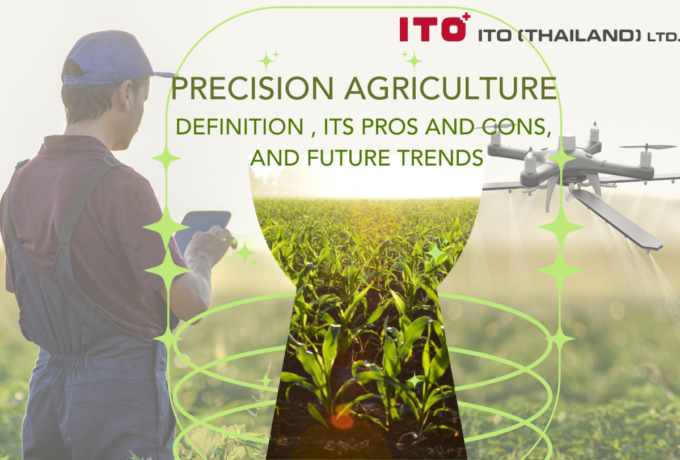
Precision Agriculture
Precision agriculture has revolutionised how we approach crop management by optimising the inputs to meet specific requirements. Even though it is not a new system, recent technologies have made it possible to apply it in practical productions. In this blog, we will discuss the definition of precision agriculture, its pros and cons, and future trends.
-
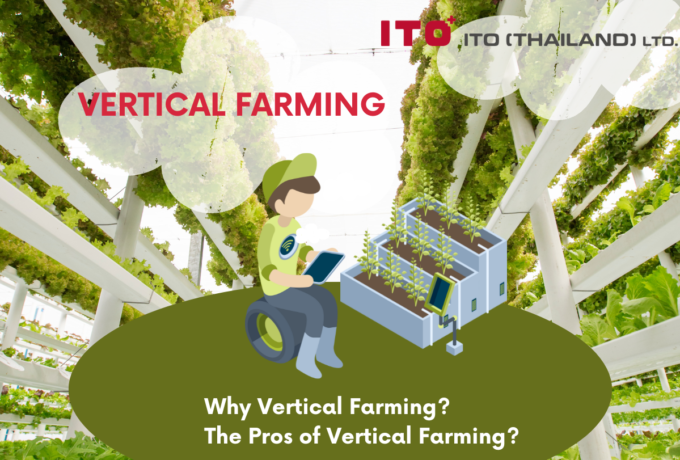
Vertical Farming
Agriculture has utilised nearly all the available land, causing growing difficulty in finding land on the earth’s surface. With limited resources, meeting the world’s food demands will require more innovative and dependable methods of producing safe food, and the answer lies in vertical farming.
-
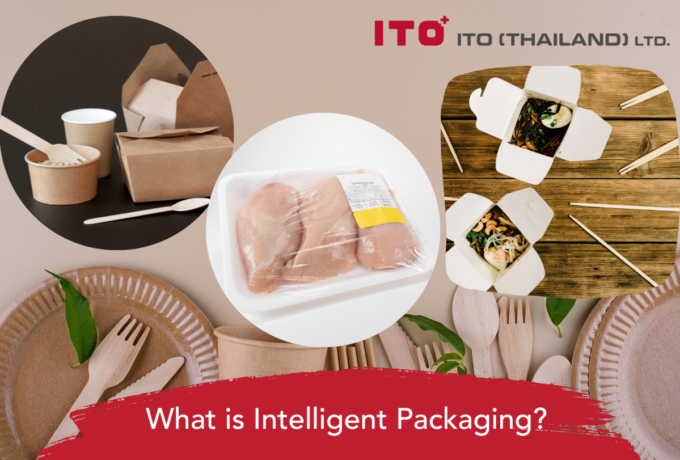
Intelligent Packaging
Without packaging, food products would last for only a short period of time, impossible for logistics management, difficulties in the supply chain system, quick quality deterioration, and prone to contamination to risky foodborne pathogens. In reality, there are many more functions that packaging is contributing to food products, as well as many types of smart packaging. Intelligent packaging is considered to be a part of smart packaging, so in this blog, we will discuss the contribution of intelligent packaging to food products.
-
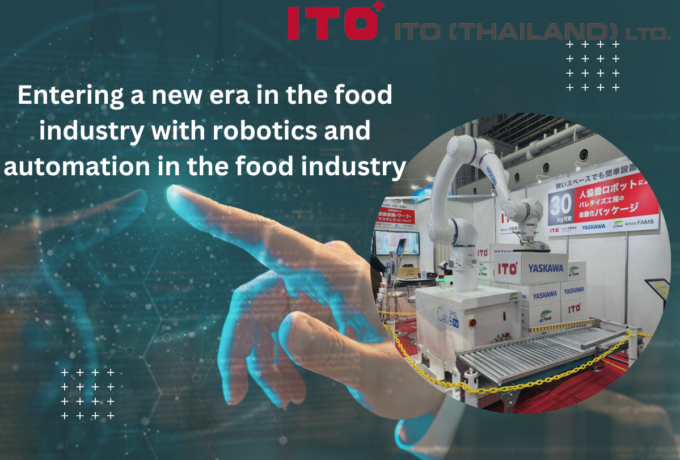
Robots & automation in the food industry
Entering a new era in the food industry with robotics and automation in the food industry
-
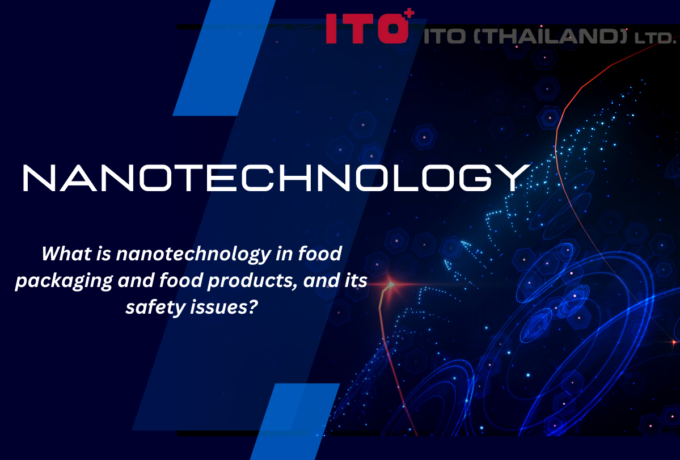
Nanotechnology in the Food Industry
Nanotechnology has been brought to our attention for the last decades, and it has provided various beneficial applications to the food industry. Unlike other technology, nanotechnology has broadened the knowledge in the food industry to another level in a nanoscale dimension. It involves almost every aspect of the food industry, including food packaging, food processing, as well as functional food development and enhancement of food safety. In this blog, we will discuss how nanotechnology is used in food packaging and food products, and the most important part, its safety issues.








